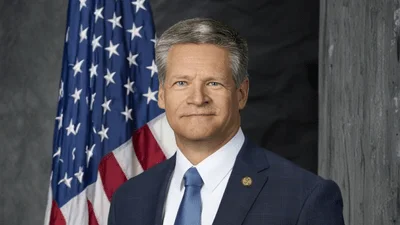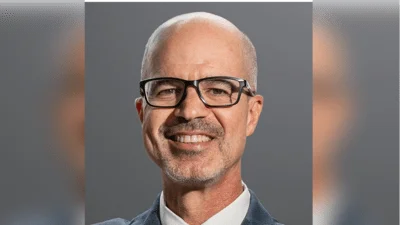The Congressional Record is a unique source of public documentation. It started in 1873, documenting nearly all the major and minor policies being discussed and debated.
“ADDITIONAL STATEMENTS” mentioning the U.S. Dept. of Energy was published in the Senate section on pages S9351-S9352 on Sept. 15, 1997.
The publication is reproduced in full below:
ADDITIONAL STATEMENTS
______
ENHANCED OIL RECOVERY PROJECTS PROGRESS
Mr. DOMENICI. Mr. President, in 1989, I stood on the Senate floor and urged the Senate to enact tax incentives for enhanced oil recovery techniques.
At that time, I told my colleagues that traditional drilling techniques were leaving behind 70 percent of the resource when traditional drilling and pumping was completed. To me, this was wasteful, foolish, and unnecessary.
It is wasteful to leave the oil behind.
It is foolish because the United States has a growing appetite for energy. We are currently importing close to half of the energy we use from an area of the world renowned for political instability.
It is unnecessary because we have the technology to recover the resource if we would use enhanced oil recovery techniques.
In 1989, I also told the Senate that it would be possible to recover another 20 billion barrels of oil from our same oil fields of existing wells if enhanced oil recovery techniques were used. Since our known recoverable reserves at that time were in the neighborhood of 28 billion barrels, the potential was, and still is, significant.
At that time, the Department of Energy conducted extensive studies showing that if a 15-percent investment tax credits were enacted, it could result in the recovery of additional reserves for as little cost to the Treasury as $1 per additional barrel recovered--assuming $20 per barrel oil.
For each and every dollar of Federal revenue invested in EOR incentives, the trade deficit would be reduced by $24 to $76 dollars according to the same DOE studies.
States with significant EOR potential include California, Texas, New Mexico, and Oklahoma. Other States with reserves include Arkansas, Colorado, Florida, Illinois, Kansas, Louisiana, Mississippi, Montana, North Dakota, Utah, and Wyoming.
In 1990, the Congress enacted tax incentives to encourage enhanced oil recovery so that more of this vast resource could be recovered and put to good use. I am proud to have been the primary sponsor of that legislation.
As a Senator, one of the greatest rewards is seeing a new law make the world a better place. During the August recess I had this rewarding experience. I also saw the predictions of the theoretical studies proven up in the real world.
I toured the Texaco enhanced oil recovery project located in Buckeye, NM. The technical name of the project is the ``Central Vacuum Unit CO2 project.''
This particular oil field was discovered in 1929. Primary oil recovery techniques were used until 1977. Beginning in 1977, the field was transformed into a waterflood operation. Waterflood is a secondary oil recovery technique. The waterflood technology sustained and enhanced production for awhile, but it was evident that either the oil wells in the field would be shut-in and the field-shut down leaving behind a significant amount of oil, or enhanced oil recovery methods could prolong economic levels of production. One very promising enhanced oil recovery technique involves injecting the wells with CO2.
CO2 injection is an enhanced oil recovery technique eligible for a 15-percent Federal investment tax credit. Using CO2 is going to significantly extend the life of this mature field by more than 20 years. The project will recover an additional 20 million barrels of oil and 23 billion cubic feet of gas that otherwise would have been left behind.
Texaco is the operator of this project. Marathon Oil, Phillips Petroleum, Mobil Exploration and Production U.S. Inc., and 15 others are interest owners in the project.
New Mexico is blessed with magnificent oil and gas reserves. It is doubly blessed because it is also the home to the New Mexico Institute of Mining and Technology Petroleum Recovery Research Center. The center has served as a focal point for development and application of improved oil and gas recovery processes. They have a world-renowned reputation as one of the leading petroleum research centers. They were very helpful in developing the original legislation.
In every oil- and gas-producing State, there are aging oil and gas fields with declining production, that could be made more productive using enhanced oil recovery techniques. I am pleased that there is a fine example in New Mexico. It is providing 100 jobs in addition to adding to our energy security.
____________________








